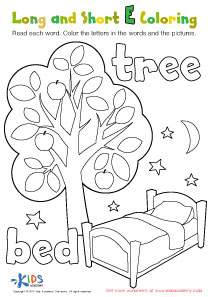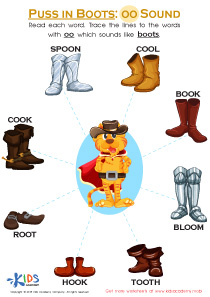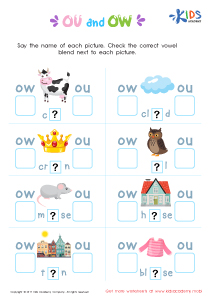Vocabulary enhancement Long And Short Vowel Worksheets for Ages 7-9
5 filtered results
-
From - To
Enhance your child's vocabulary with our dynamic Long and Short Vowel Worksheets designed for ages 7-9. Perfectly tailored to develop phonetic understanding, these engaging activities help children identify, differentiate, and pronounce long and short vowels with confidence. Our worksheets incorporate fun exercises and vibrant illustrations to foster an enjoyable and effective learning experience. Strengthen your child's reading and writing abilities while expanding their vocabulary through interactive and educational content. Ideal for both classroom and at-home use, these resources ensure foundational language skills are built in an entertaining, approachable way. Unlock your child’s linguistic potential today!
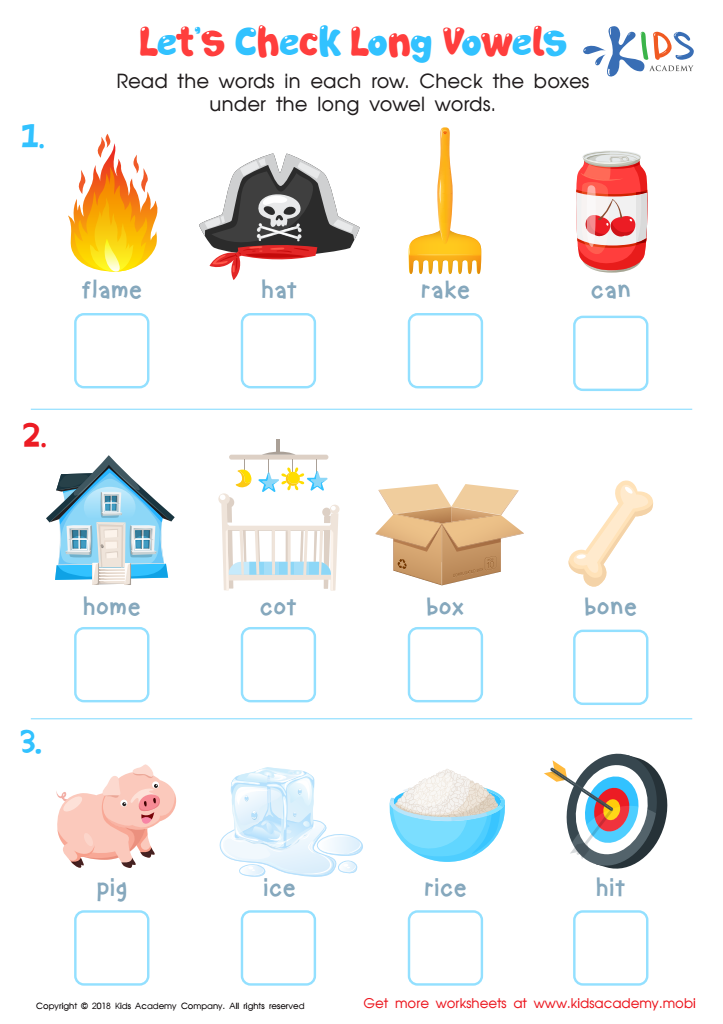

Let's Check Long Vowels: Assessment Worksheet
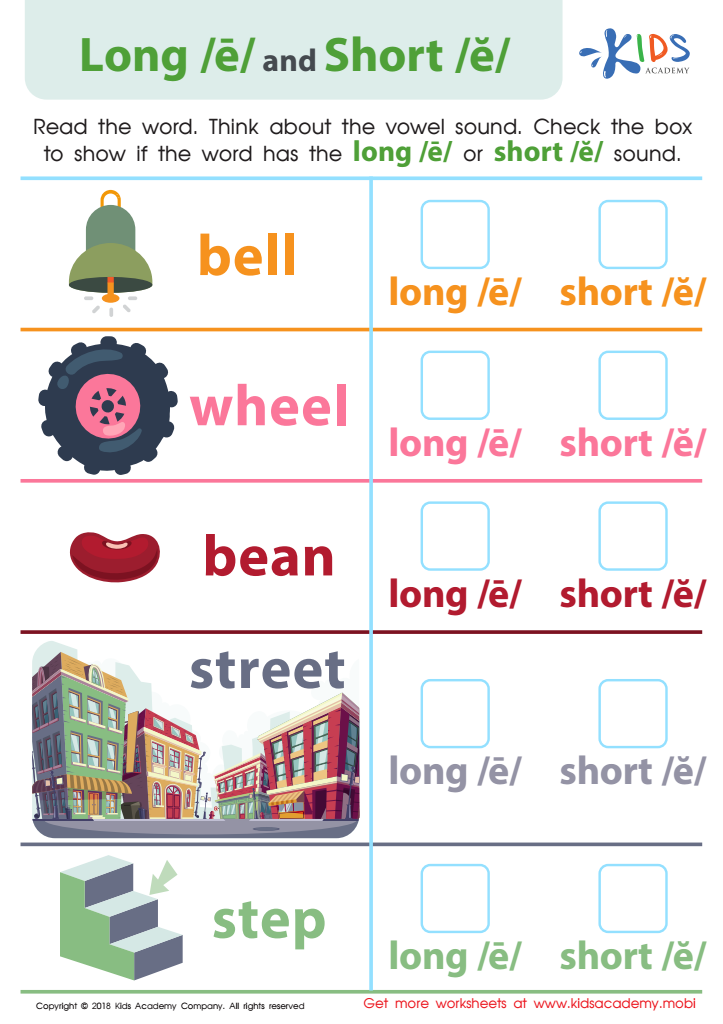

Reading: Long E and Short E Worksheet
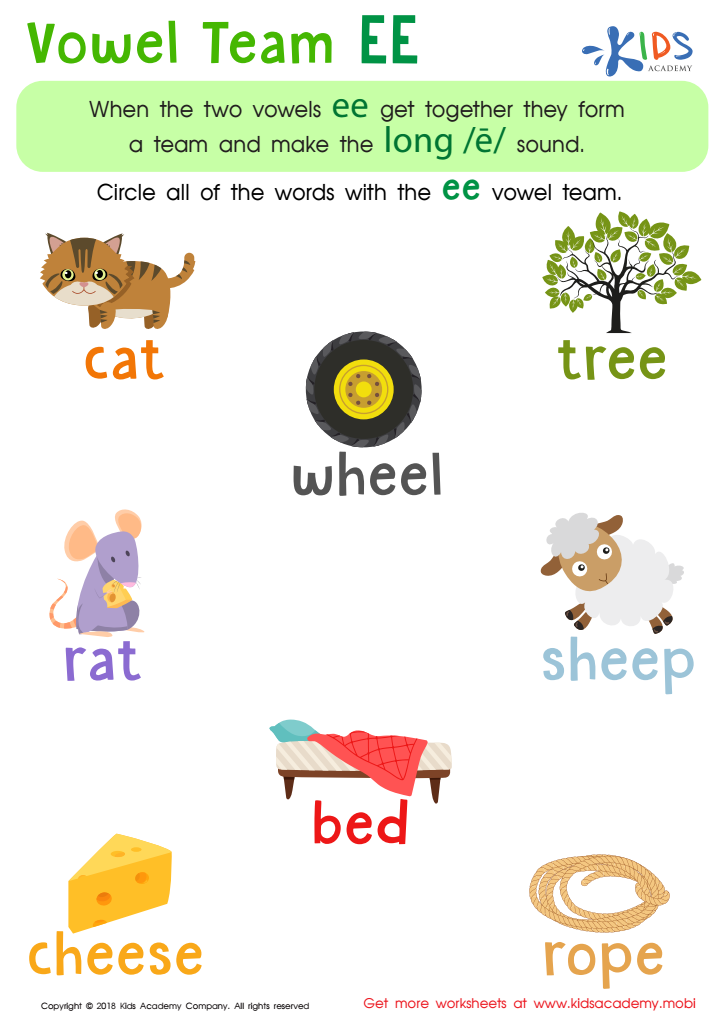

Reading: Vowel Team EE Worksheet
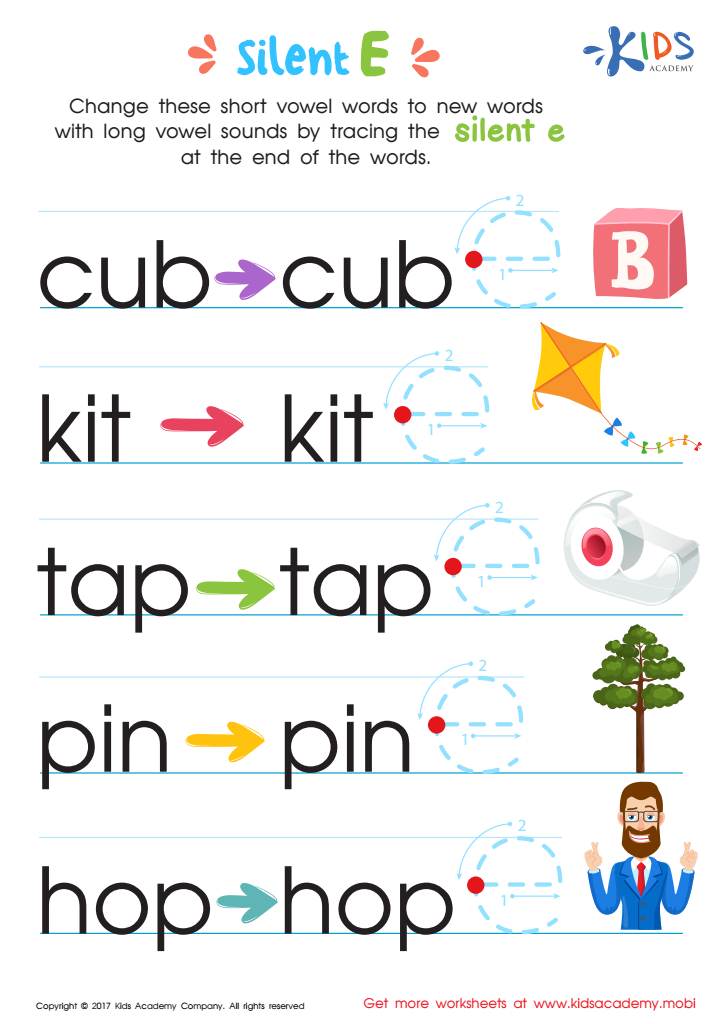

Silent E Words Worksheet
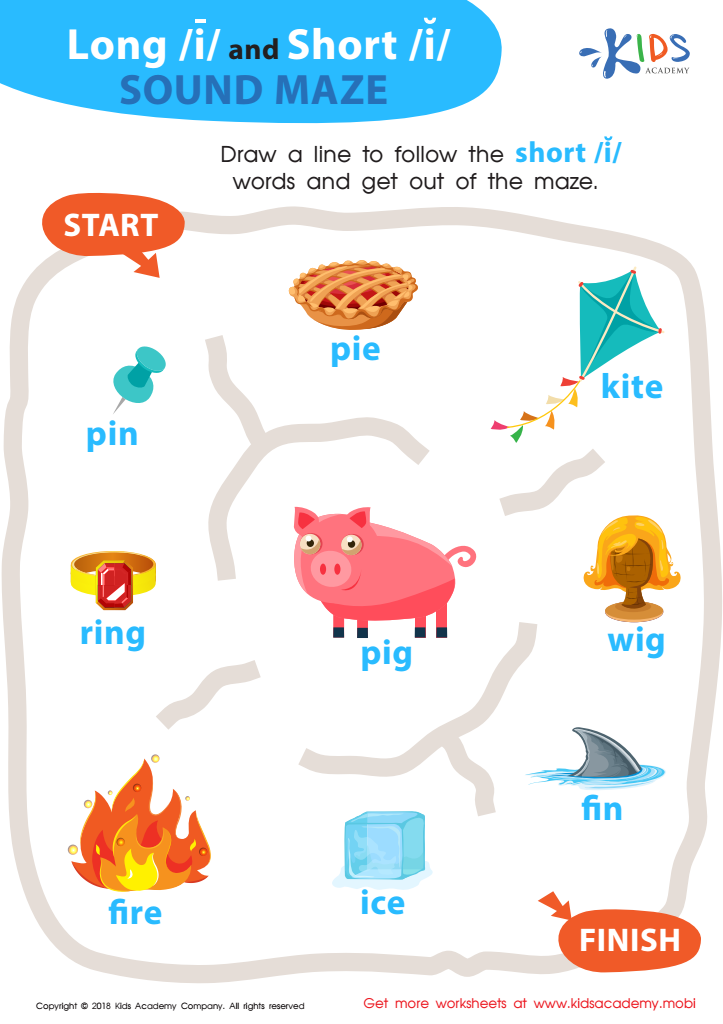

Reading: Long I and Short I Sound Maze Worksheet
Parents and teachers should prioritize vocabulary enhancement, with a specific focus on long and short vowels, for children ages 7-9 because it forms the foundation for effective reading and communication skills. At this stage, children transition from decoding simple words to reading more complex texts, and understanding vowel sounds is critical in this process. Long and short vowels help kids differentiate word pronunciation, spelling, and meaning, contributing substantially to their reading fluency.
When children grasp the difference between long and short vowels through well-structured phonics activities, they can more readily decode unfamiliar words and improve their reading comprehension. Additionally, strong vocabulary skills support better academic performance across all subjects, including math and science, as comprehension is linked to term understanding.
Quality vocabulary teaching empowers young learners to become confident readers and communicators, setting the stage for lifelong literacy and learning. For example, knowing that 'cake' has a long 'a,' while 'cat' has a short ‘a,’ helps avoid confusion and promotes accurate reading and spelling. Both educators and parents can create engaging, age-appropriate learning environments that emphasize vowel recognition through games, storytelling, and reading exercises, making the learning process enriching and enjoyable. This early focus builds a crucial scaffolding for more advanced linguistic and cognitive skills as children grow.

 Assign to My Students
Assign to My Students






